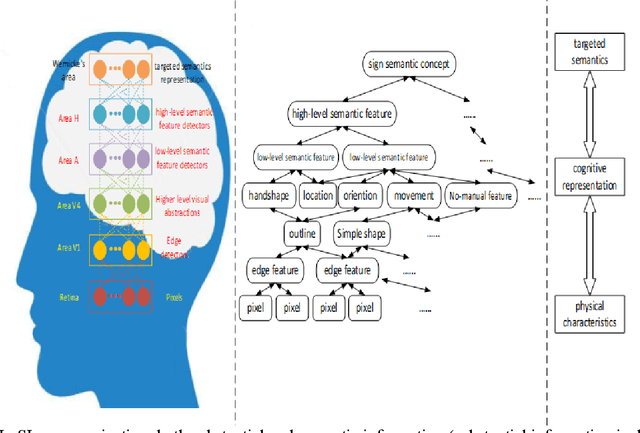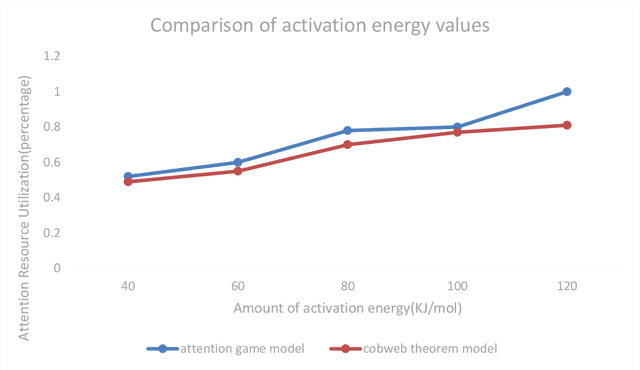Xinchen Kang
Beijing Key Lab of Information Service Engineering, Beijing Union University, Beijing, China
CDSD: Chinese Dysarthria Speech Database
Oct 24, 2023



Abstract:We present the Chinese Dysarthria Speech Database (CDSD) as a valuable resource for dysarthria research. This database comprises speech data from 24 participants with dysarthria. Among these participants, one recorded an additional 10 hours of speech data, while each recorded one hour, resulting in 34 hours of speech material. To accommodate participants with varying cognitive levels, our text pool primarily consists of content from the AISHELL-1 dataset and speeches by primary and secondary school students. When participants read these texts, they must use a mobile device or the ZOOM F8n multi-track field recorder to record their speeches. In this paper, we elucidate the data collection and annotation processes and present an approach for establishing a baseline for dysarthric speech recognition. Furthermore, we conducted a speaker-dependent dysarthric speech recognition experiment using an additional 10 hours of speech data from one of our participants. Our research findings indicate that, through extensive data-driven model training, fine-tuning limited quantities of specific individual data yields commendable results in speaker-dependent dysarthric speech recognition. However, we observe significant variations in recognition results among different dysarthric speakers. These insights provide valuable reference points for speaker-dependent dysarthric speech recognition.
Semantic Network Model for Sign Language Comprehension
Jan 27, 2023


Abstract:In this study, the authors propose a computational cognitive model for sign language (SL) perception and comprehension with detailed algorithmic descriptions based on cognitive functionalities in human language processing. The semantic network model (SNM) that represents semantic relations between concepts, it is used as a form of knowledge representation. The proposed model is applied in the comprehension of sign language for classifier predicates. The spreading activation search method is initiated by labeling a set of source nodes (e.g. concepts in the semantic network) with weights or "activation" and then iteratively propagating or "spreading" that activation out to other nodes linked to the source nodes. The results demonstrate that the proposed search method improves the performance of sign language comprehension in the SNM.
* 19 pages, 6 figures and 1 table
 Add to Chrome
Add to Chrome Add to Firefox
Add to Firefox Add to Edge
Add to Edge